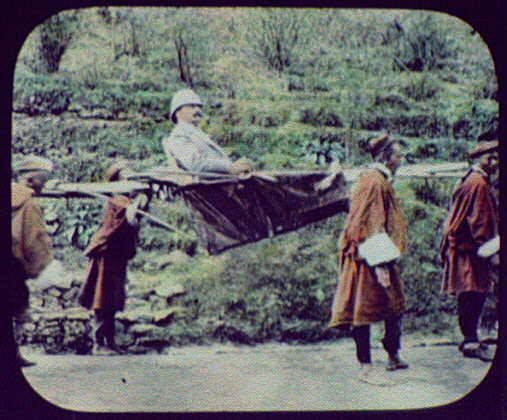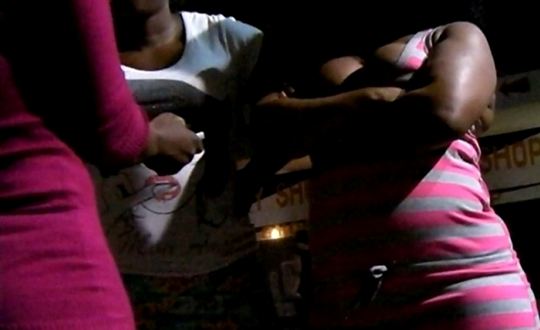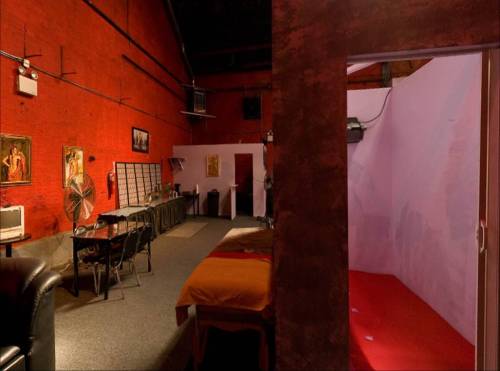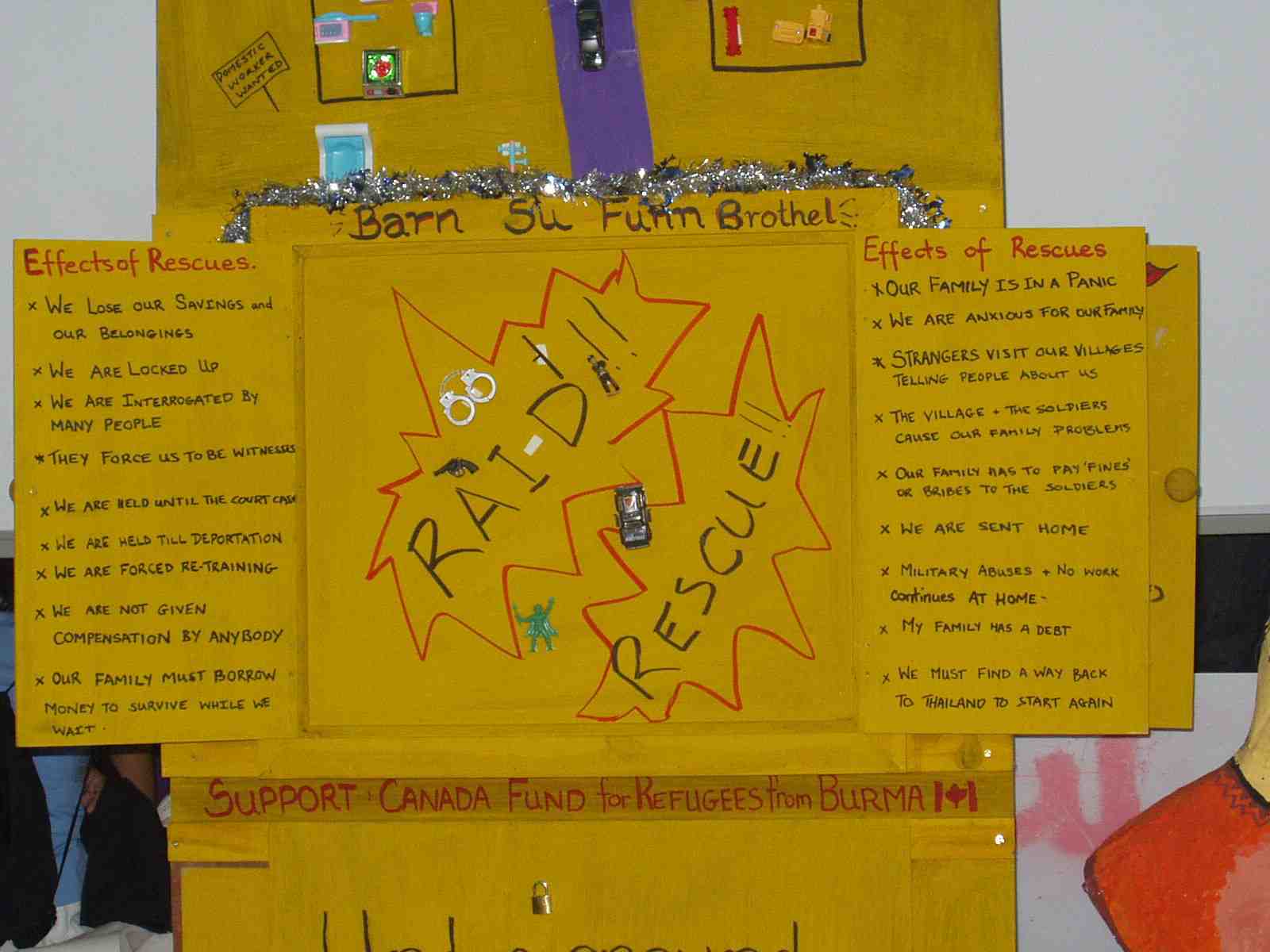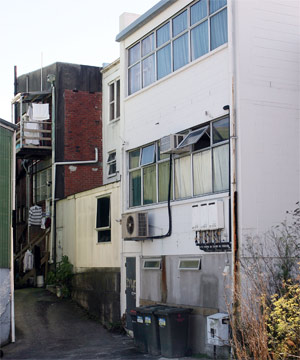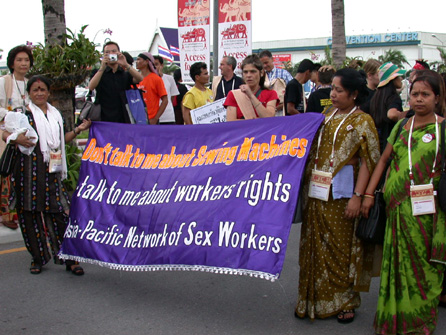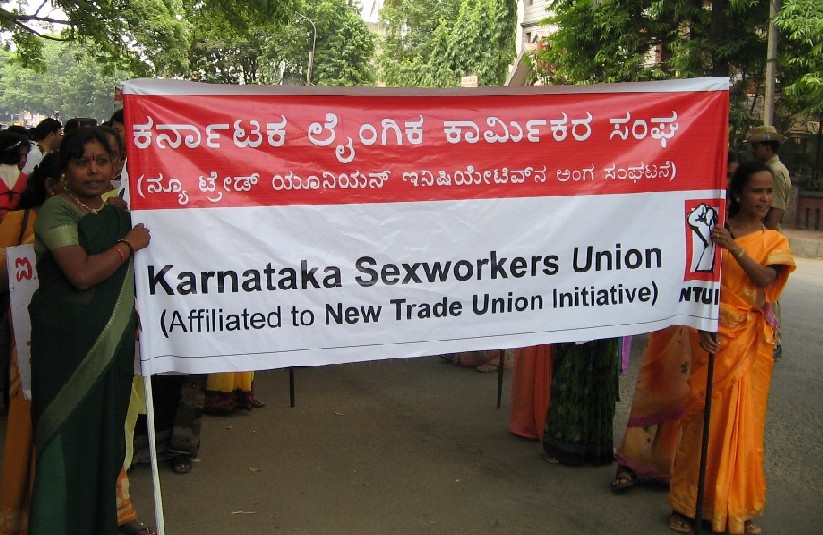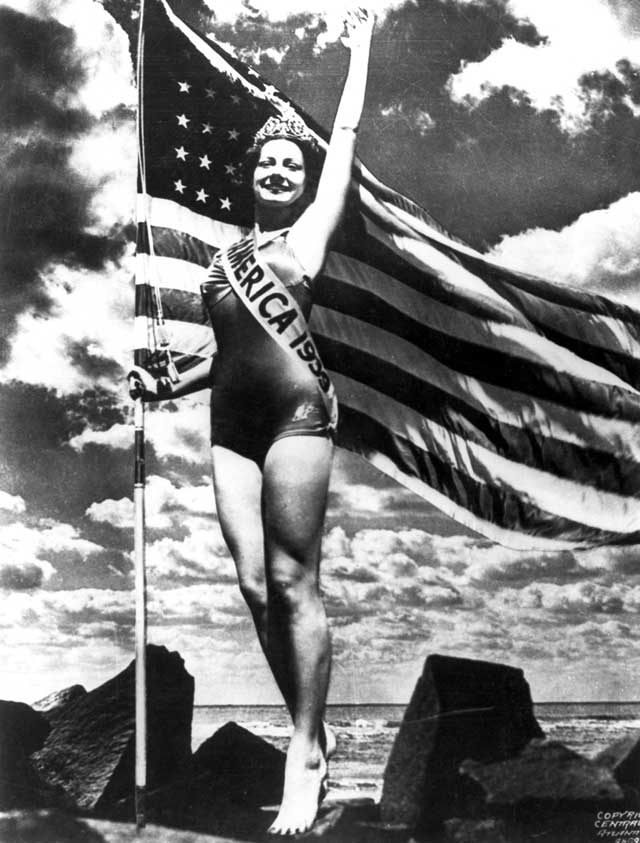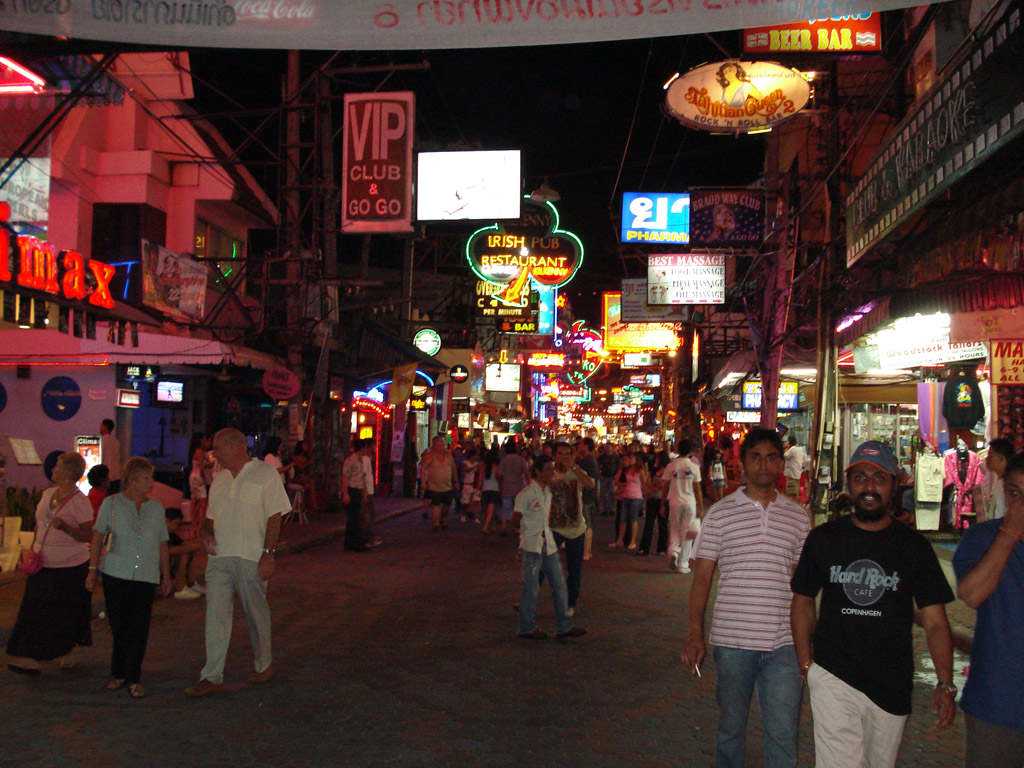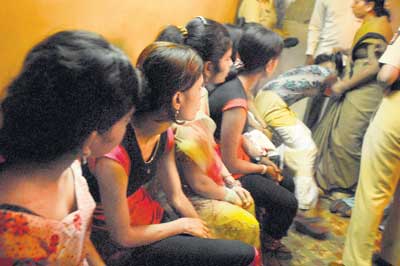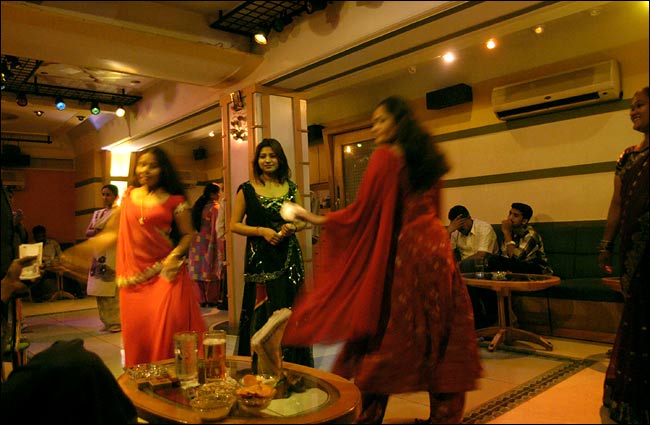 India mandated the rehabilitation of sex workers last year – in case they want to be rehabilitated. The story below tells how the concept has become a subject of dispute. Two activist authorities give reasons why vocational training is problematic:
India mandated the rehabilitation of sex workers last year – in case they want to be rehabilitated. The story below tells how the concept has become a subject of dispute. Two activist authorities give reasons why vocational training is problematic:
In many cases, women get into prostitution after trying out other options like domestic work, as sex work is more remunerative.
Rehabilitation cannot be on moral grounds alone. Recommendations made by the court or the panel should have a long-term financial benefit as well as ways to involve the family and other members of the society to give prostitutes social security.
Someone else says some women have been glad to work at MacDonalds instead. This is of course considered morally superior to prostitution, but what about dancing?
Girls who danced in the bars of Mumbai . . . found a means of earning a livelihood that was more paying than sex work… But even this was banned on moral grounds whereas what was needed was to make these places more safe for women.
Saheli Mitra, 1 February 2012, The Telegraph (India)
In September 1999 a sex worker in Calcutta was murdered by a prospective client after she refused to have sex with him. When the case (Budhadev Karmaskar vs the State of West Bengal) went to the Supreme Court, the latter passed a landmark judgment, stressing that Article 21 of the Indian Constitution, which guarantees the right to live with dignity, includes a prostitute’s right to lead a life of dignity as well. To ensure that right, last July the Supreme Court set up a five-member panel to work towards providing sex workers with alternative means of livelihood. It was supposed to come up with a list of impoverished sex workers who wished to be rehabilitated as the apex court did not wish to coerce them into changing their profession. Initially, the panel was supposed to concentrate on the four metros and was to involve the local NGOs in this effort.
However, since then little progress seems to have been made in this regard. So much so that last week a bench of Justices Altamas Kabir and Gyan Sudha Mishra of the Supreme Court asked senior advocate Pradeep Ghosh, who heads the panel, to submit another report on the work done so far. The bench said it would like to monitor the rehabilitation process by the Centre and the states so as to ensure that the exercise was not just an eyewash. “We routinely have conferences and seminars on these issues and the matter ends there. No concrete measures are taken to end the malaise. We want to make sure that something is done that satisfies our conscience. It should not be a mere eyewash,” the bench said. . .
The Centre has already paid Rs 10 lakh to the panel to kickstart the work. But though the state governments too have been directed to pay amounts ranging from Rs 2 lakh to Rs 10 lakh, depending on the number of sex workers in their states, very few have made the payment so far. In fact, reacting to the panel’s complaint that state governments were sitting on the money to be paid, the Supreme Court has directed all of them to pay up and submit a list of the number of prostitutes they want to rehabilitate.
But though the Supreme Court’s initiative is a noble one, many feel that it may finally come to nought as attempts to rehabilitate prostitutes through vocational training have failed in most cases.
As Mumbai-based lawyer and human rights activist Flavia Agnes points out, “It has been amply proved that vocational training has not solved the issue of sex work or trafficking. In fact, in many cases, women get into prostitution after trying out other options like domestic work as sex work is more remunerative. Would any of us work at a job which pays one tenth of our current earnings? Then how can we expect a sex worker to be happy with this choice,” she asks.
Women’s activist Saswati Ghosh believes the whole approach to the rehabilitation of sex workers is wrong-headed and paternalistic. “Rehabilitation cannot be on moral grounds alone. Recommendations made by the court or the panel should have a long-term financial benefit as well as ways to involve the family and other members of the society to give prostitutes social security,” she says.
Agnes gives the example of girls who danced in the bars of Mumbai. Many of them had found a means of earning a livelihood that was more paying than sex work. “This was a viable alternative that women had found for themselves. But even this was banned on moral grounds whereas what was needed was to make these places more safe for women.”
However, human rights lawyer Tapas Kumar Bhanja points out that the apex court judgment does take into account the need for giving sex workers a financially viable alternative livelihood. “It says governments should make arrangements to provide a market for the trade in which the women are trained. So the panel’s work will not be over with merely training the woman. It has to ensure that she earns enough to support herself and her family.” And there are instances where this approach has worked, he says. A recent survey revealed that prostitutes placed in MacDonalds, Dominos, food courts, etc. by Mumbai-based NGO Prerana have not returned to the flesh trade. “Some of them are in touch with Prerana and are doing well,” he says. . .
So one solution does not fit all, but the requirement that alternative jobs be financially viable is a bit vague. Wages and working conditions in fast-food outlets are not going to interest a great number of people, whatever their present jobs are. The failure to figure out what sex workers actually want is reflected in numerous stories of rejected Rescues.
–Laura Agustín, the Naked Anthropologist



